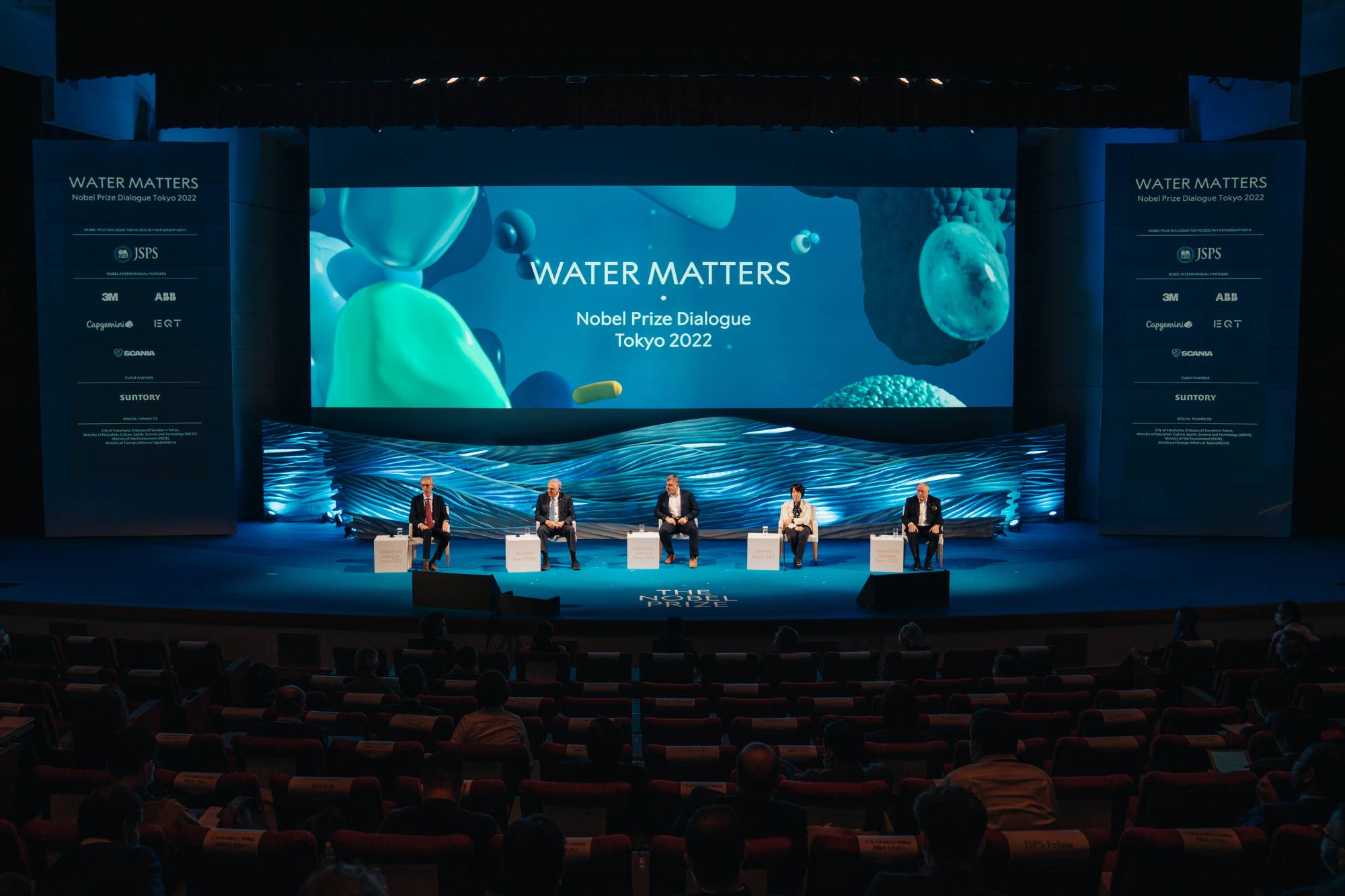With natural disasters becoming more frequent, further development and disbursement of risk assessment tools and early warning technologies are necessary to mitigate the damage they cause, a leading Japanese researcher on disaster risk reduction has said.
Takako Izumi, an associate professor at Tohoku University, said Sunday that in order for such preventative measures to become globally effective, scientific communities and policymakers must ask themselves how such technologies, including social media and other rapid communication services, can become more readily available in regions with limited resources.
Seventy percent of natural disasters across the world over the past 10 years were considered to be water-related, and the more predictable nature of such disasters compared with some others, such as earthquakes, means the deployment of these technologies can help head off greater damage.


















With your current subscription plan you can comment on stories. However, before writing your first comment, please create a display name in the Profile section of your subscriber account page.